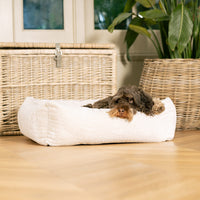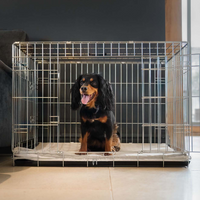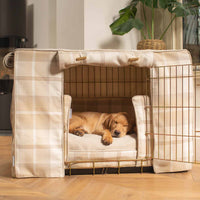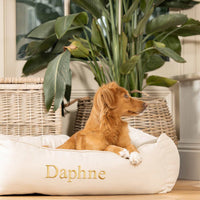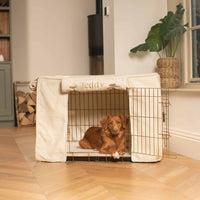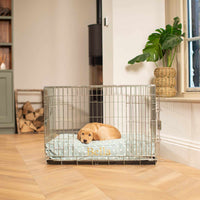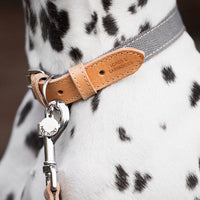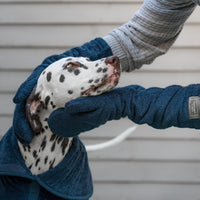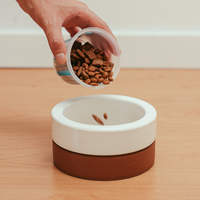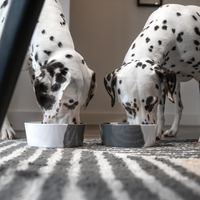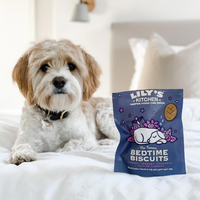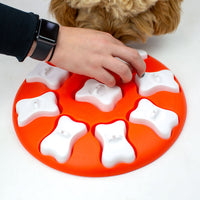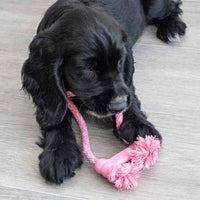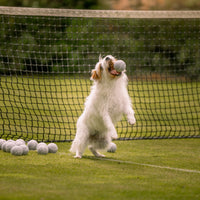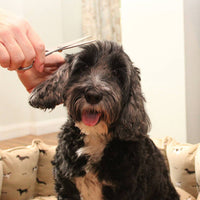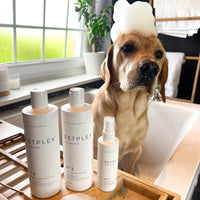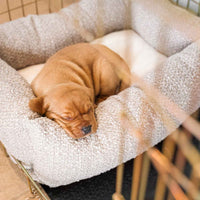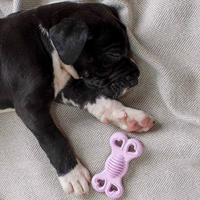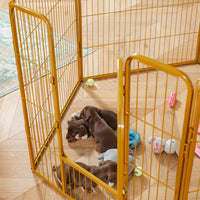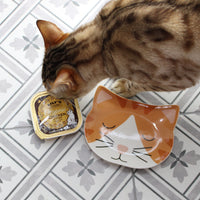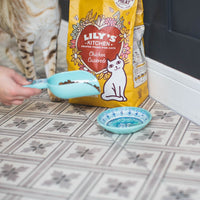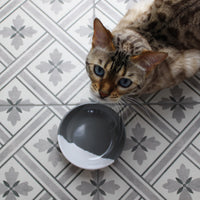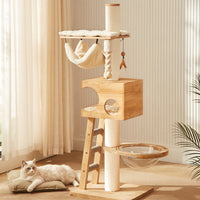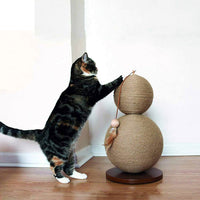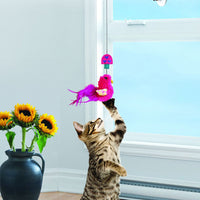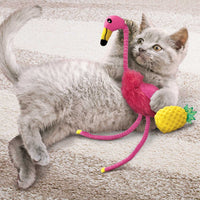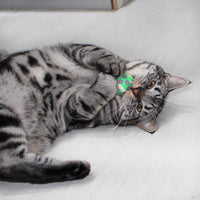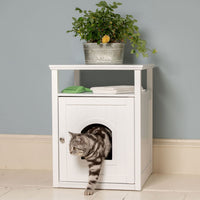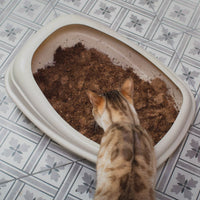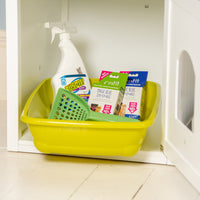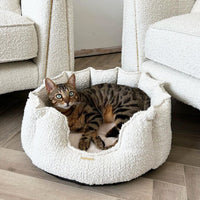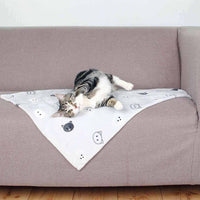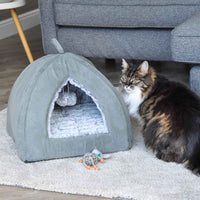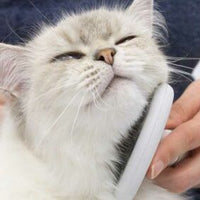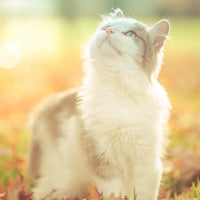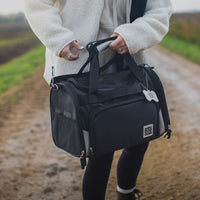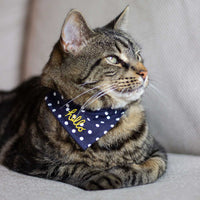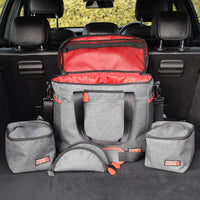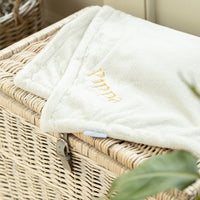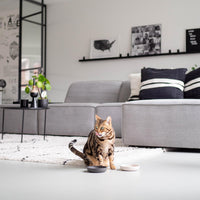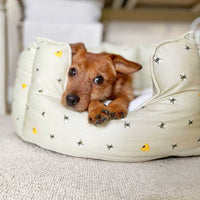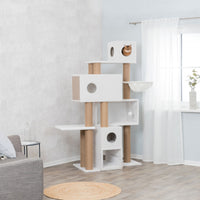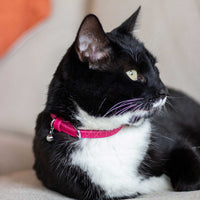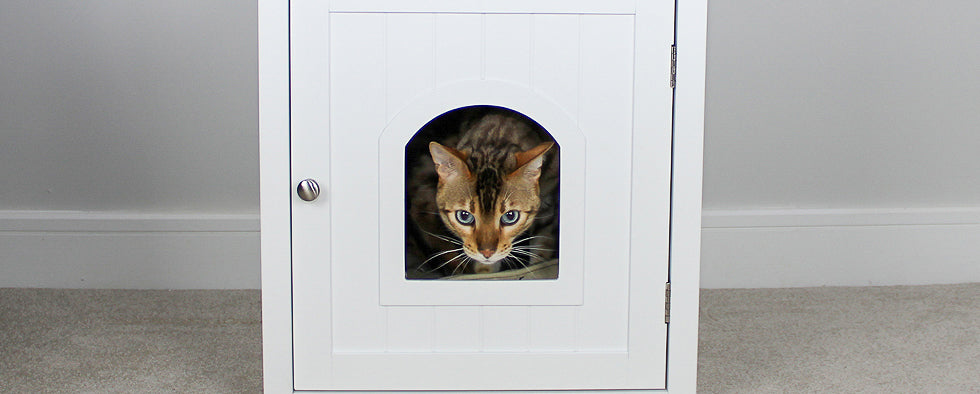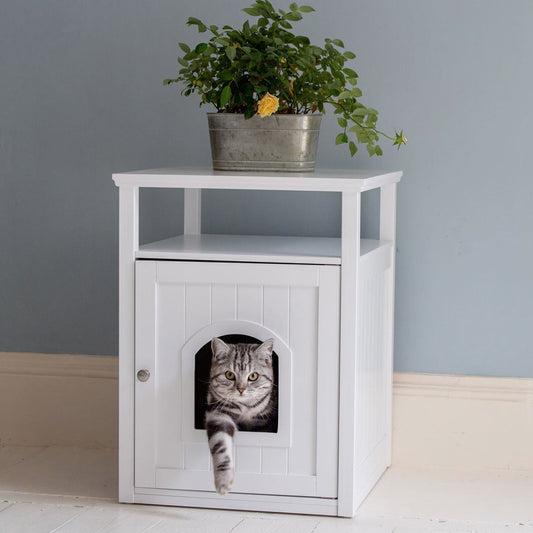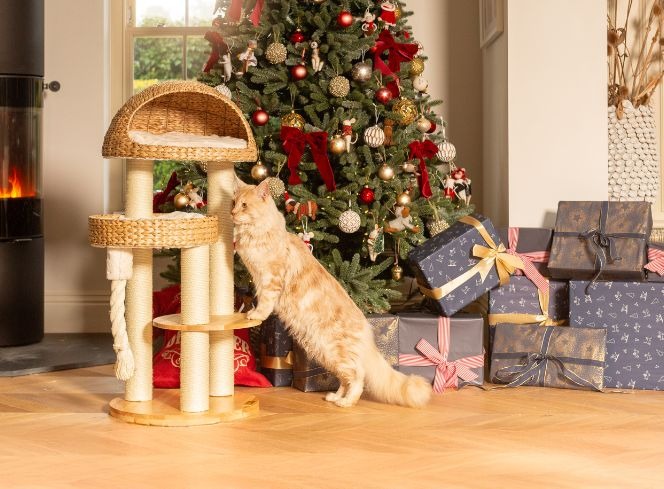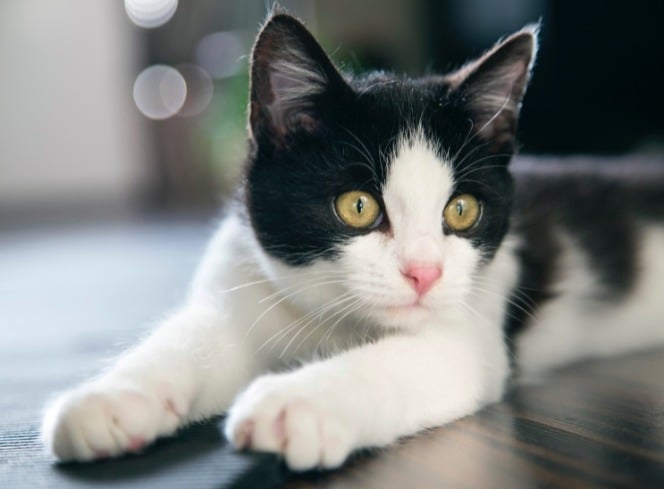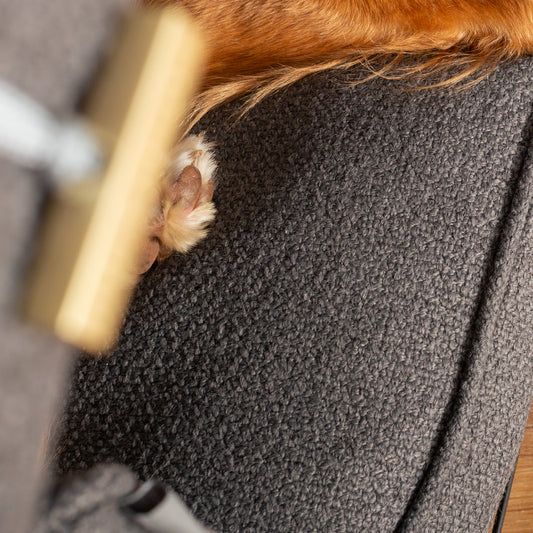As cat owners we know our felines are particular about where they relieve themselves. To keep your home clean and fresh, you’ll need to select a litter tray carefully and with your feline in mind. Keep in mind the design, size, shape and feature as this can make or break your cat’s toilet habits. But what are the different types of litter trays? And what is best for your cat?
In this article we explore different cat litter trays and accessories you may need to keep your cat clean and happy!
How Do I Pick The Best Litter Tray?
Most of the time, if your cat isn’t using it’s litter box, it’s for behavioural reason; your cat may be stressed or it’s annoyed about something. There may however be a medical reason, so it’s best to check with your veterinarian.
Placement is really important in making your cat feel safe and at ease whilst toileting. Litter trays should be placed in discreet corners so that your cat has a full view of approaching danger but is protected from behind. Our Lords & Labradors Cat Washrooms are a multi-functional pet house which work well for you and your cat. They are visually attractive and private for your cat to toilet, whilst keeping the smell contained. They’re also available in grey and white!
Enclosed Litter Trays
Every cat is an individual with their likes and dislikes and this includes choosing where they toilet. Generally, most cats prefer to use litter trays that are easy to get into and large enough for them to turn around in with ease. Enclosed - or covered - litter trays are popular with cats and their owners as the contents remain out of sight and your cat can toilet in private.
Open Litter Trays
If your cat doesn’t like a covered or enclosed litter box, or if you have more than one cat, you may find you need a variety of trays for them to use. Our Beco Cat Litter Tray is generously proportioned, leaving enough space for your cat to turn around and toilet, and has high walls and an extra high hooded wall which offers a ‘kickback protection’ which stops loose litter from being sprayed outside the tray when your cat covers their business.
What’s The Best Cat Litter to Use?
Now you’ve picked the right litter box for both you and your cat, you can decide the best litter to use for them. Once you’ve picked your litter, it’s best to keep to the same litter as a change may upset your cat and force them to toilet elsewhere.
There are many factors to take into account when choosing the best cat litter for your fur family - some are good for hiding odours, some are best for absorbing more efficiently and some are made for reuse!
Crystal Cat Litter
Crystal cat litter is quickly growing in popularity due to its high absorbency properties and great odour control! It quickly works on absorbing the urine, evaporating the waste and trapping the odour in the process. You also won’t need to scoop every day, but rather scoop every few days (dependant on how many cats are using the litter!).
Corn Cat Litter
Corn litter provides less dust than a clay litter - and our Sanicat Corn Litter is an eco friendly and totally natural cat litter. It’s also softer on your cats paws making their toilet time more enjoyable. Available in all-natural scented, unscented and totally natural litters, you’ll find something that suits your feline! - a-maize-ing!
What Accessories Do I Need?
Cats appreciate a clean toilet and tend to look for other places to relieve themselves when confronted by a full litter box. Even a mild odour can be off-putting to your pet, so keep the litter box clean - our scoop is great to keep the litter box clean and makes sifting easy! And don’t forget to change litter frequently to keep your cat happy with their toilet.
Here at Lords and Labradors we provide everything you may need to help keep your cats litter tray clean and smelling fresh. Our litter deodoriser is a great fix to keeping your litter smelling fresher for longer; and they’re available in two different scents to suit your taste! Our cat litter tray bags are great for making cleaning up after your cat easier; just put the bag in the litter tray and fill it with litter and when you need to change the litter, simply take out the bag and replace!
Each litter tray, type of litter and odour neutraliser will depend on you and your cats tastes, now it’s just a case of finding what is best for you and your fur family!


